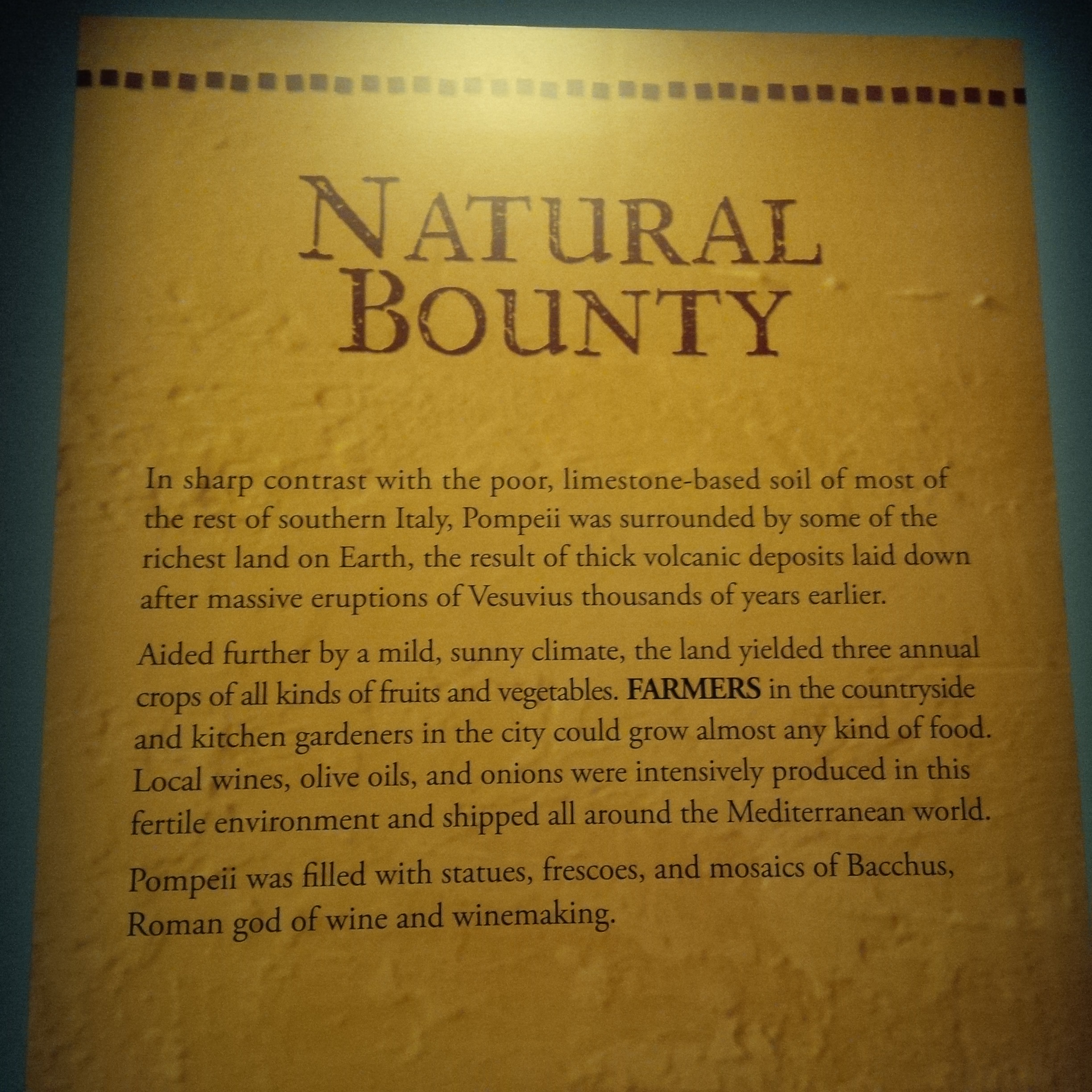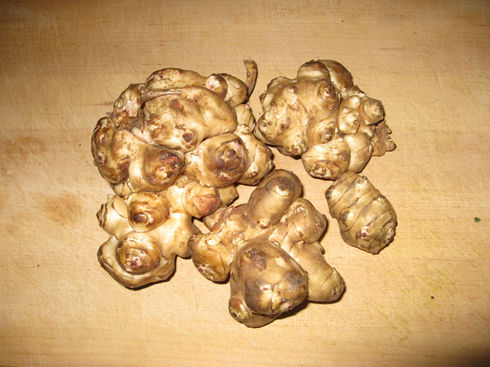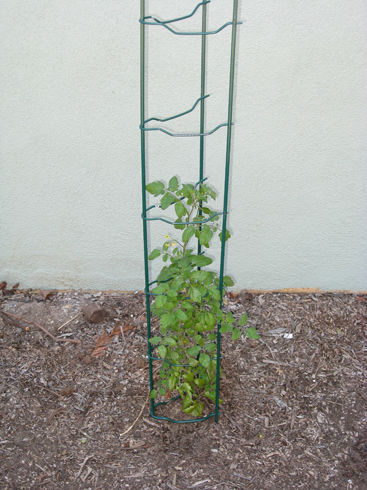I had the privilege of visiting the California Science Center to see the Pompeii exhibit over the holidays, where I saw ancient ruins preserved in ash from the massive eruption of the Vesuvius in AD 79. Having been to Pompeii in Italy a few years ago, and having been disappointed that most of the artifacts and figures has been removed to a museum, I was excited to see the actual artifacts found on site. The experience was not disappointing.
Pompeii is amazing. The fact that entire walls with preserved frescoes still remain after thousands of years is mind-blowing. The fact that you can walk the streets of a once-thriving city that went on for miles (and that’s only the part they unearthed so far) where ancient citizens worked and shopped and lived is utterly fantastic.

The one thing that is difficult to picture in Pompeii is the gardens. The soil was volcanic so it was incredibly fertile, but with all the ruins of buildings and streets, it’s hard to imagine where the gardens stood. Luckily we have help.

This fresco shows a fruit tree, most likely a lemon or citron, which grew (and still grows) along the Amalfi coast. Pompeii was buried under 20 feet of ash in 24 hours. Everything was frozen in time and has been recovered in startlingly preserved condition. This fresco was painted sometime between 20 BC and 4 AD. Crazy!
Now for the fun part: the garden section of the exhibit.

These tools look a lot like what we use today to keep our gardens tidy.

But wait, there’s more…

The fact that we use all of these tools in our modern gardens is astounding. Not much has changed in small scale agriculture, even though everything has changed in Big Ag.

Nature and gardening imagery spilled over into art and architecture. I loved this pitcher and wanted to bring it home to my chickens.

And this oil lamp has figures in the shape of a snail. I wonder if they loathed the snail’s presence in the garden as much as we do?

What will archaeologists find when our gardens are unearthed thousands of years from now? Will all the plastic buckets be preserved or will they have crumbled into dust? Will our hose nozzles be found intact? Will our seed collections be discovered inside ancient refrigerators? Who knows. I just hope explorers of the future will germinate our seeds and bring heirlooms back to life long after we’ve gone.




I had read that seeds from the original gardens had been preserved and planted and that those plants and flowers had germinated and grown. Any info? Thanks!!
It’s been awhile so I don’t remember what our tour guide said about that. I just know that they extrapolated what plants were there from frescos and documents found on site.